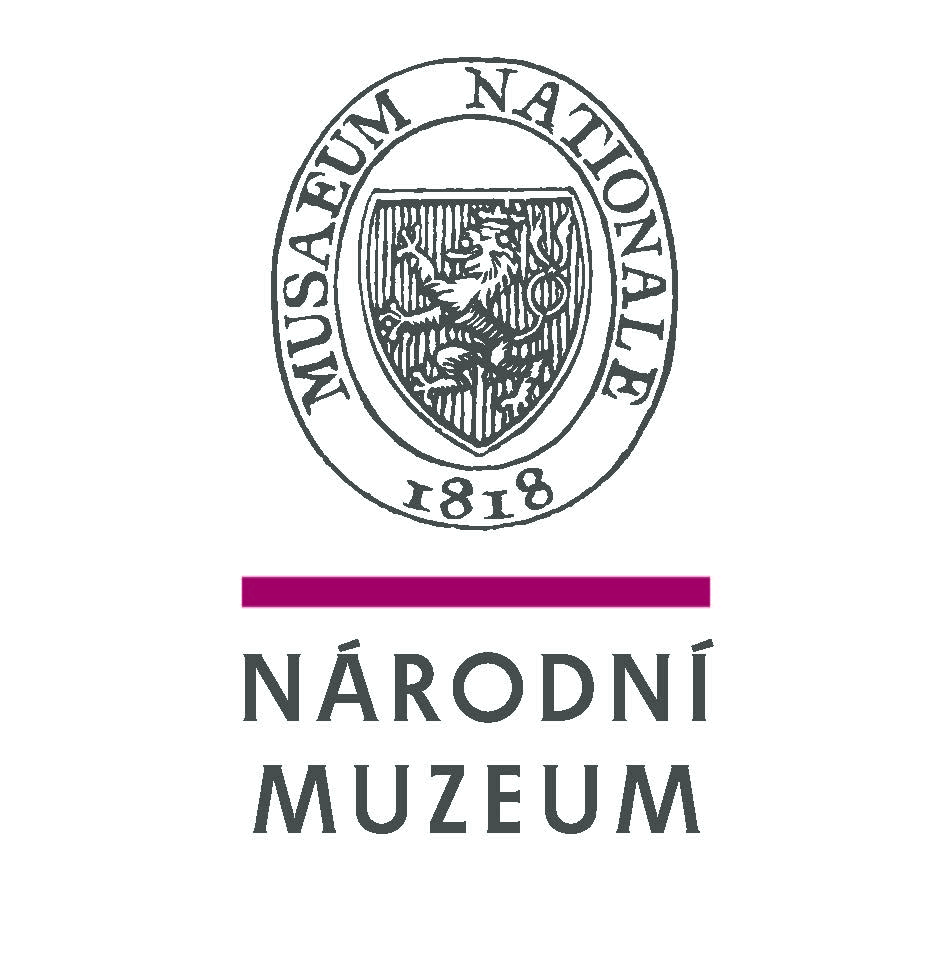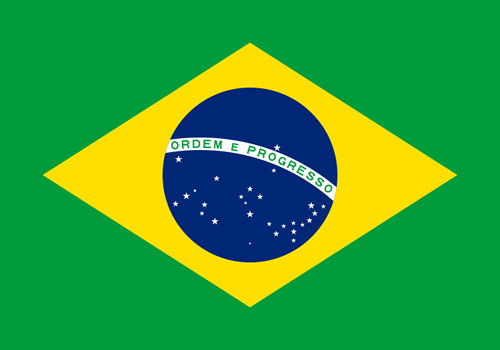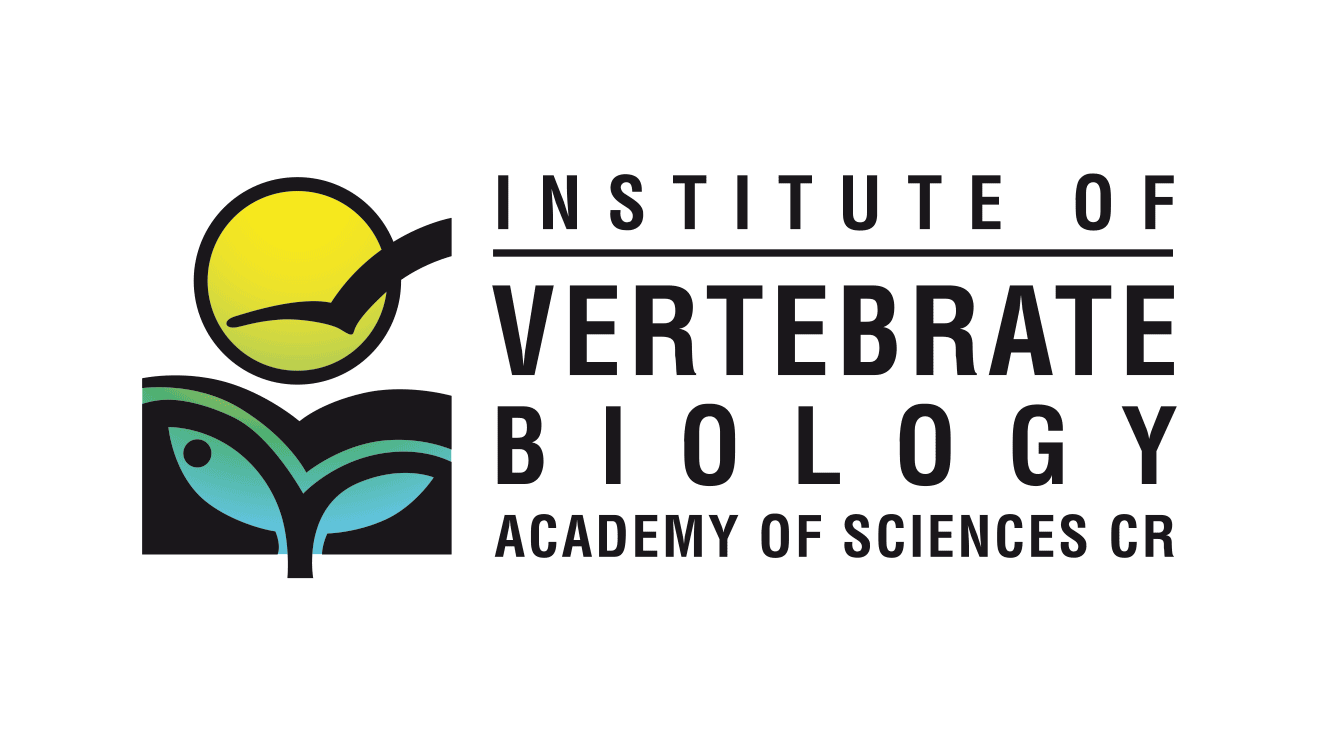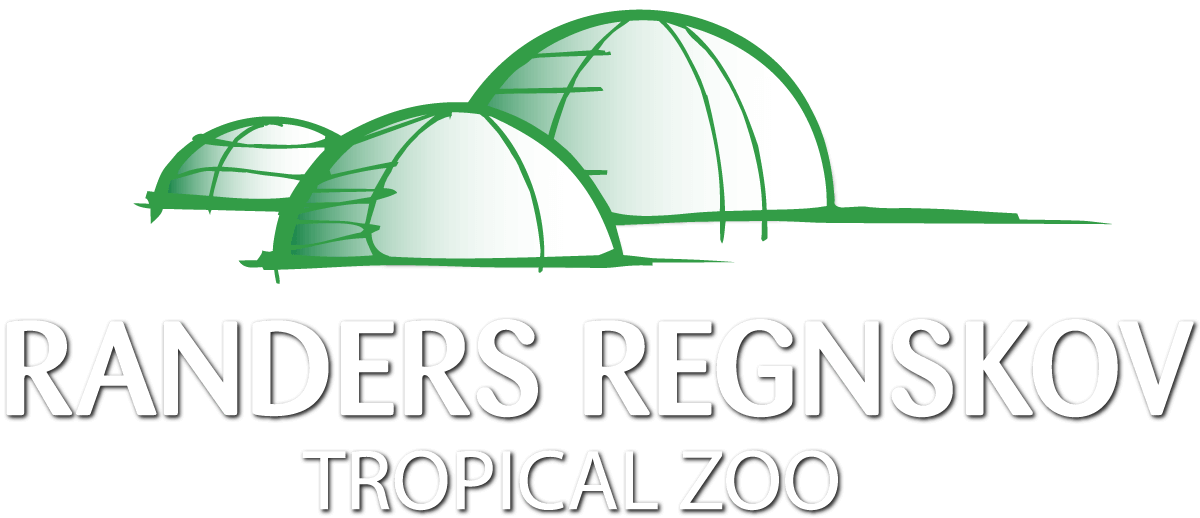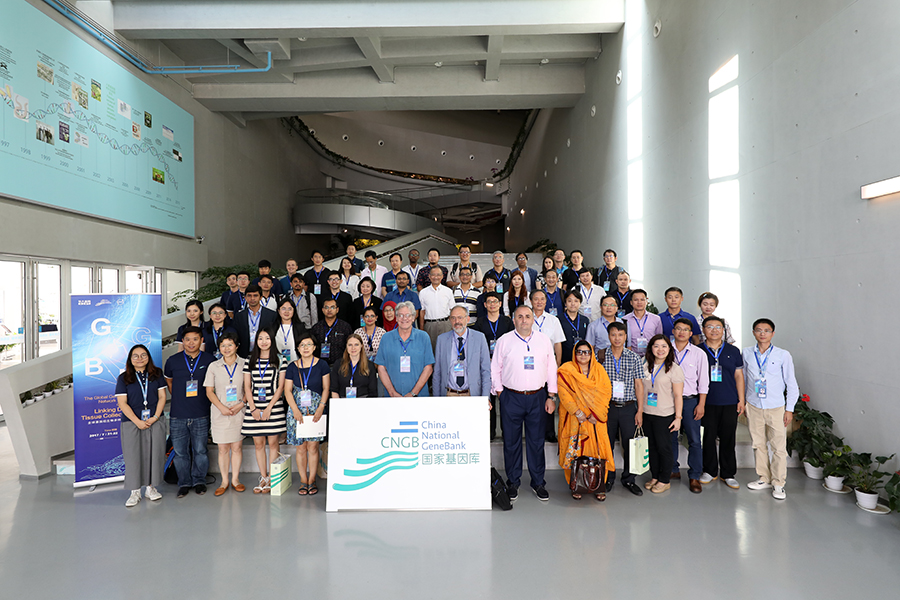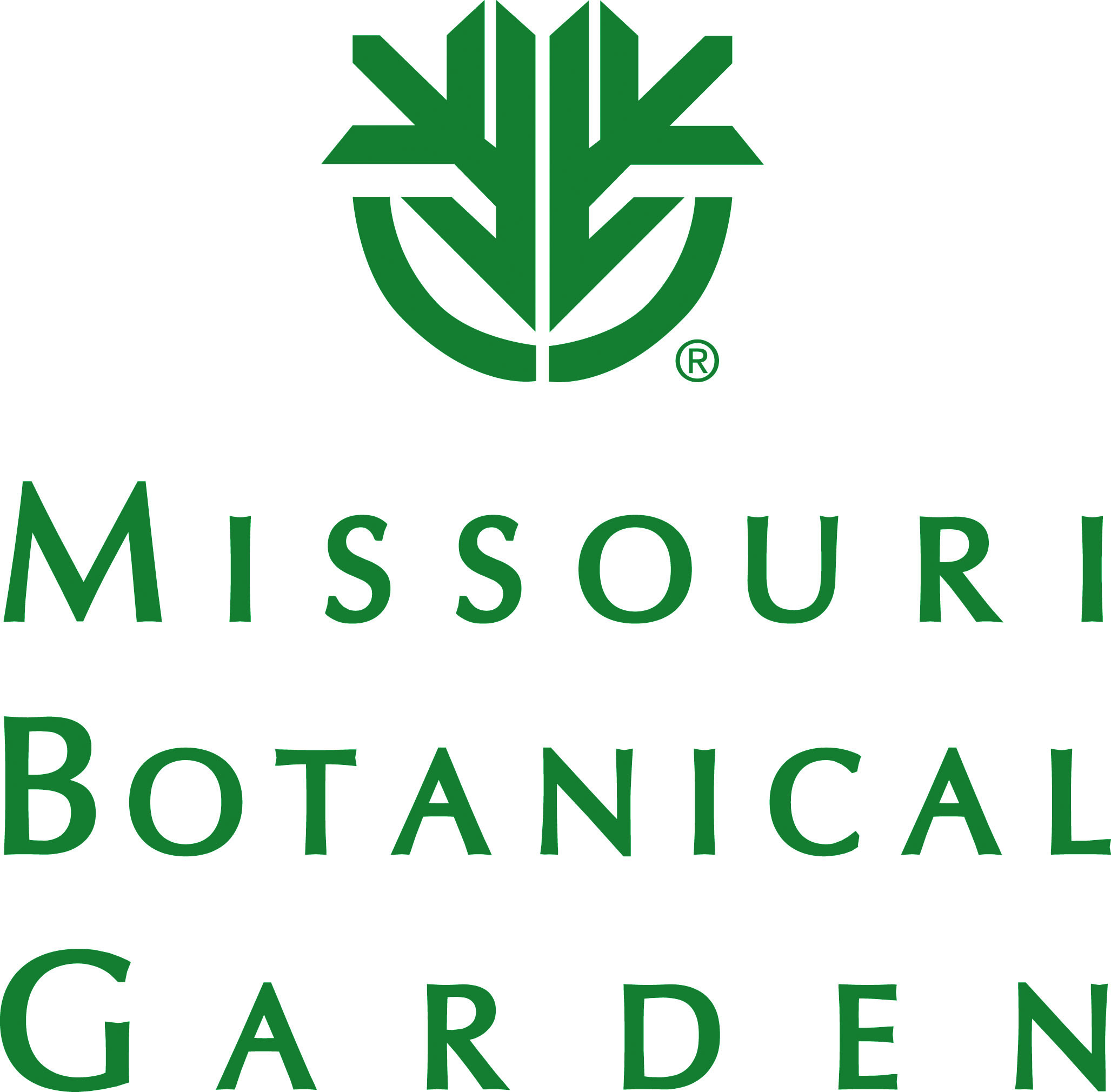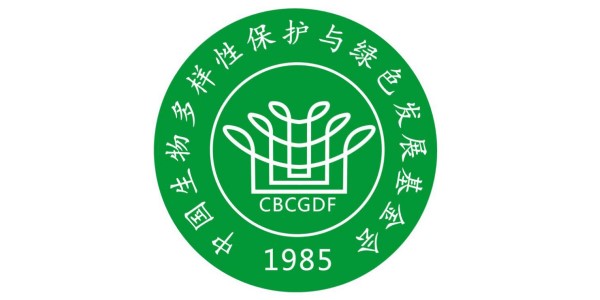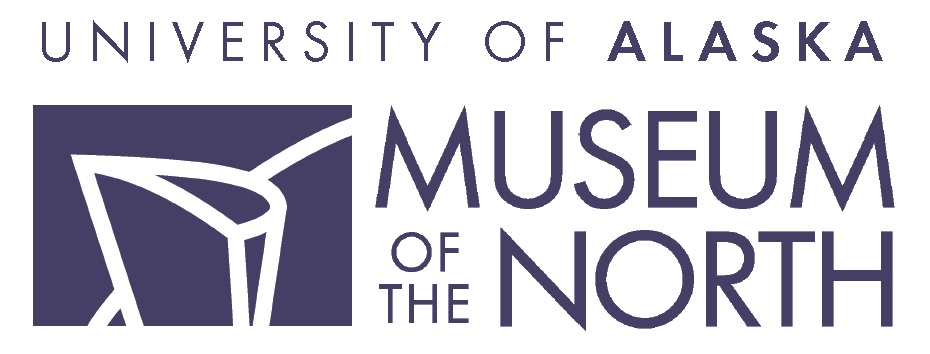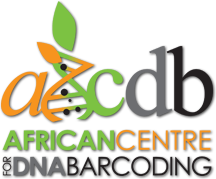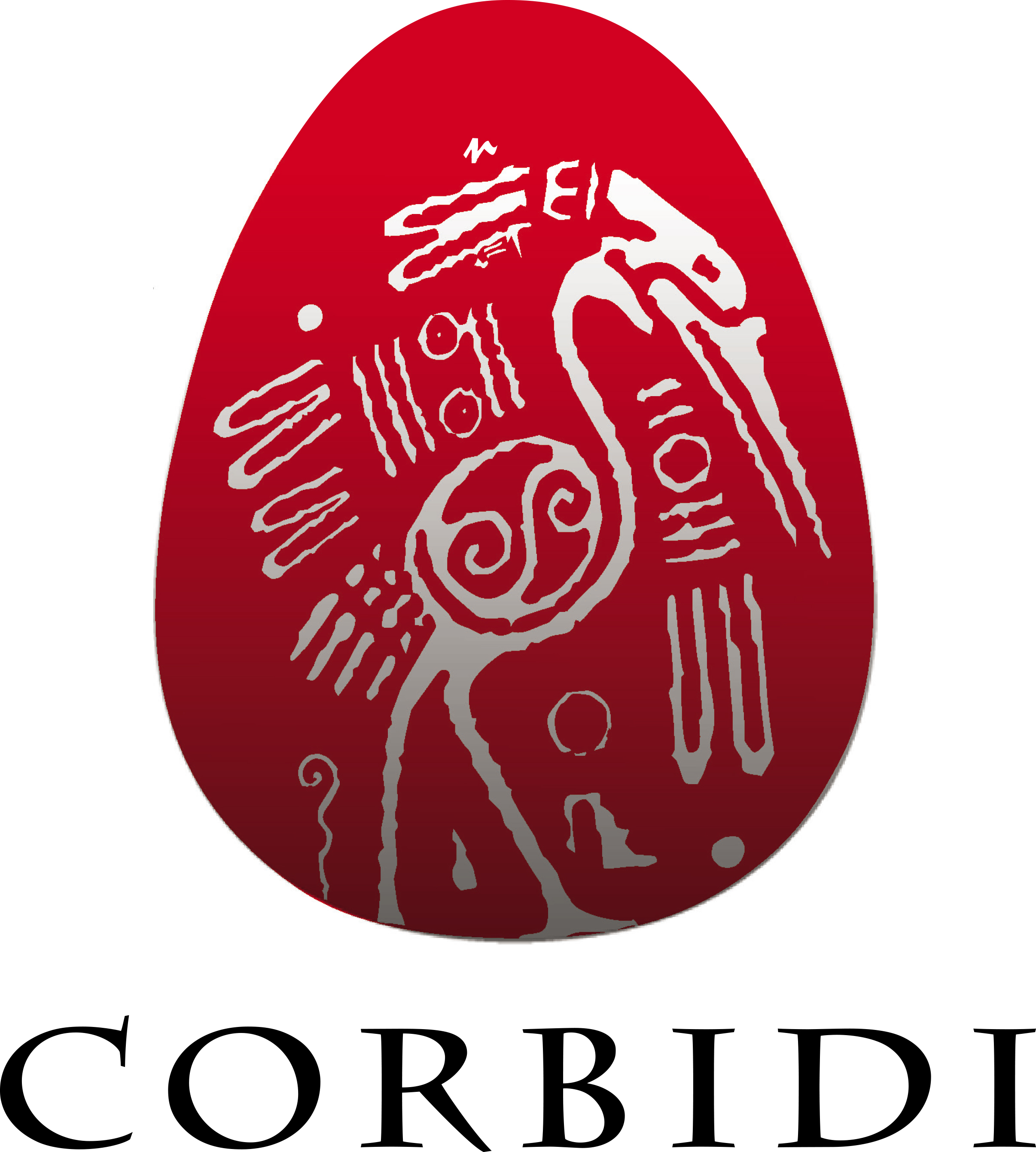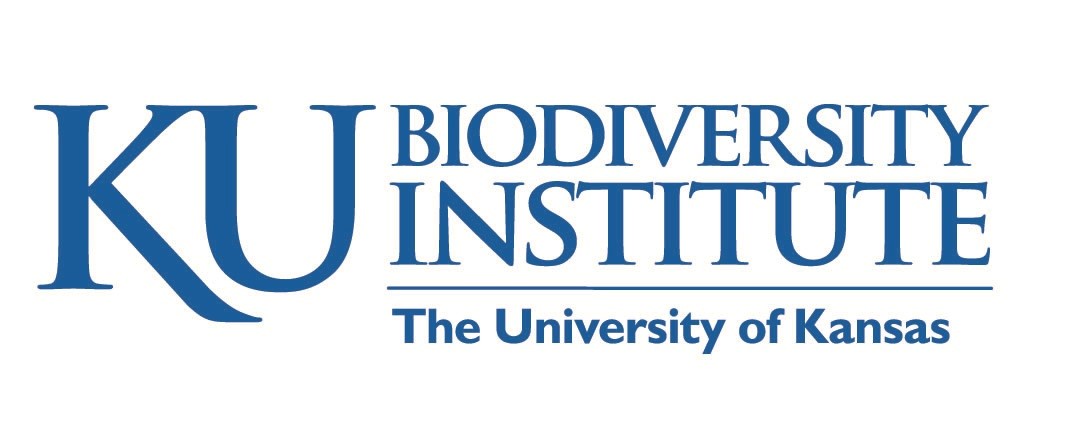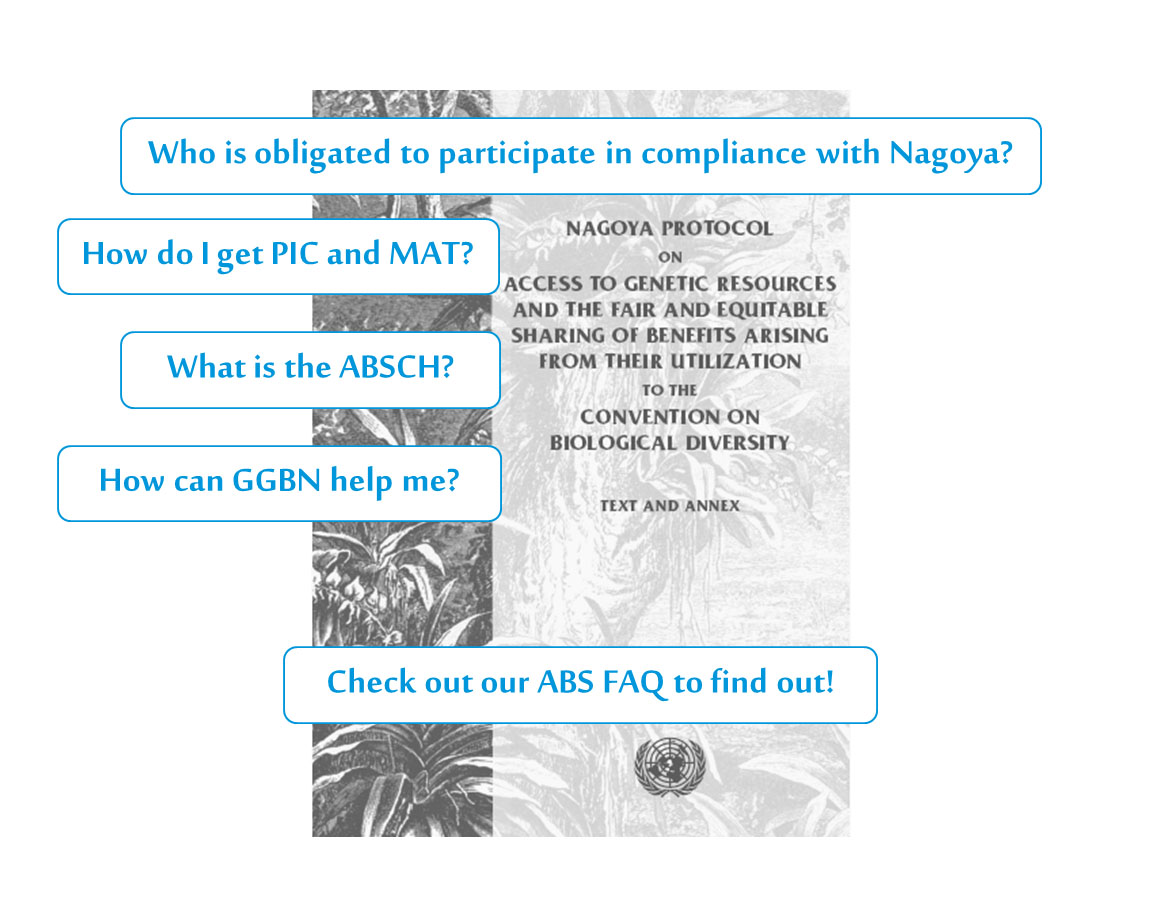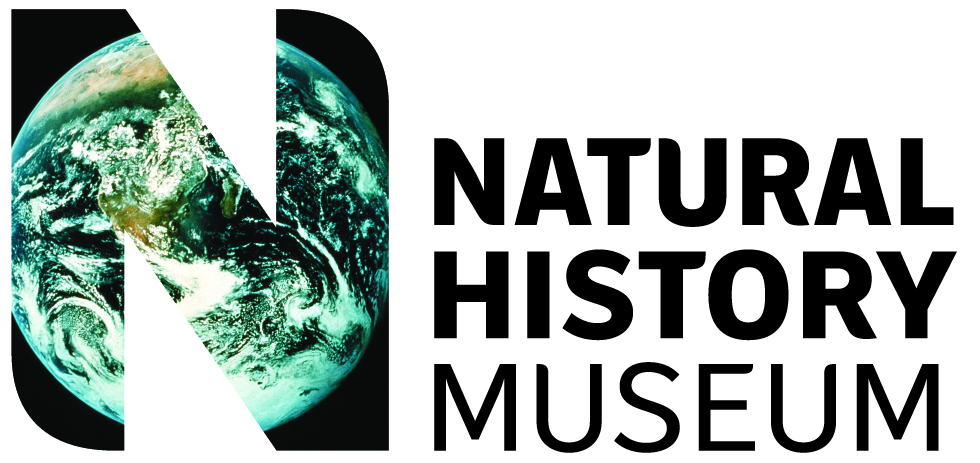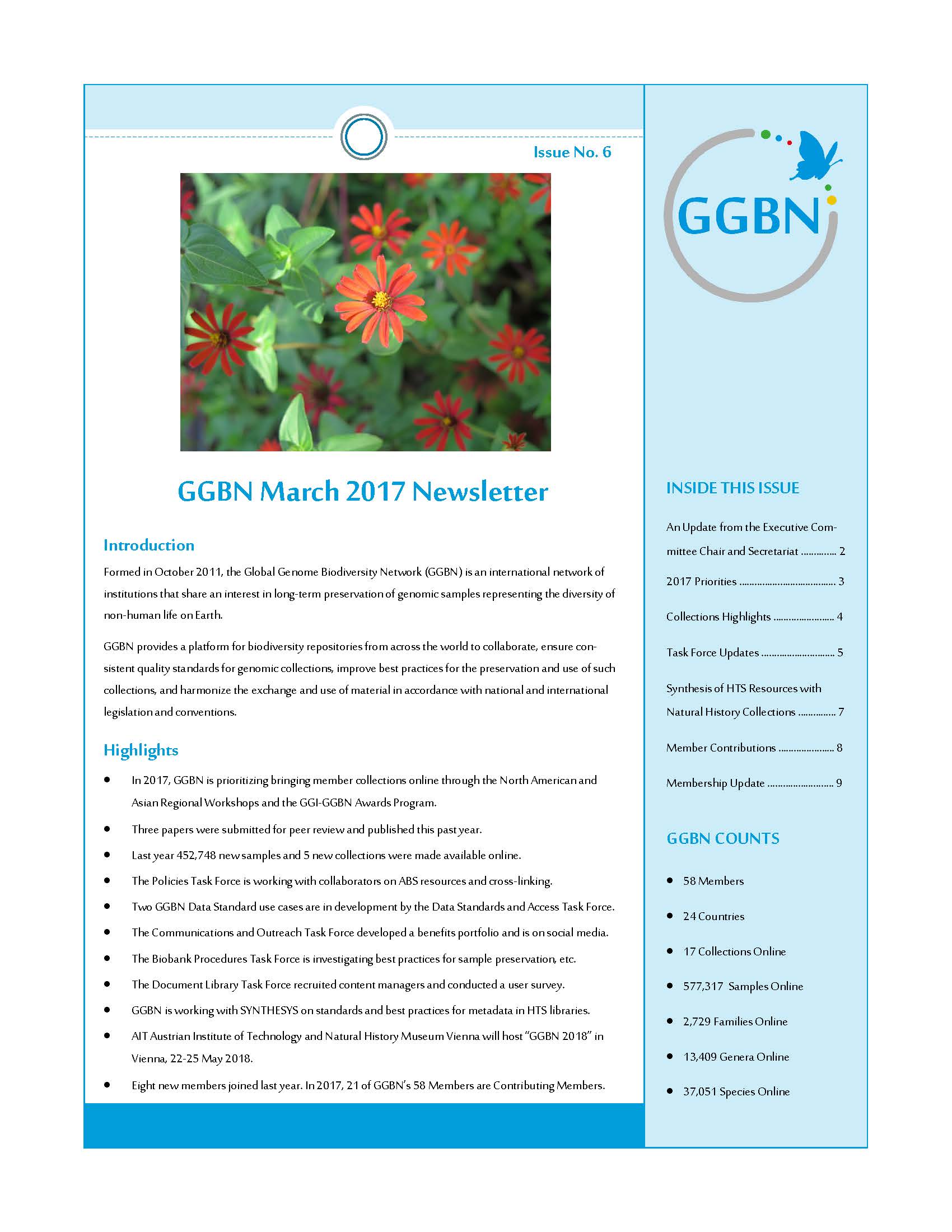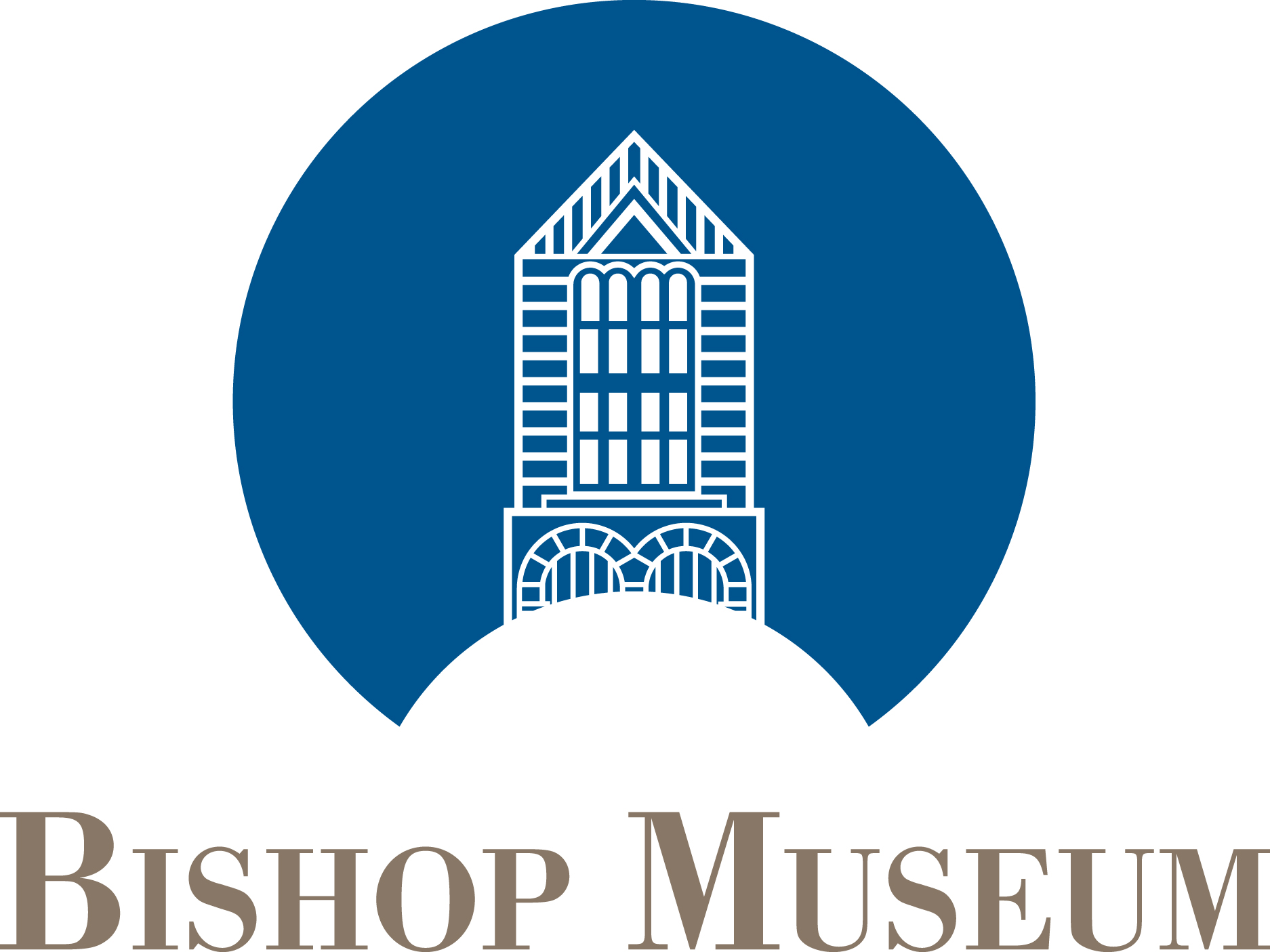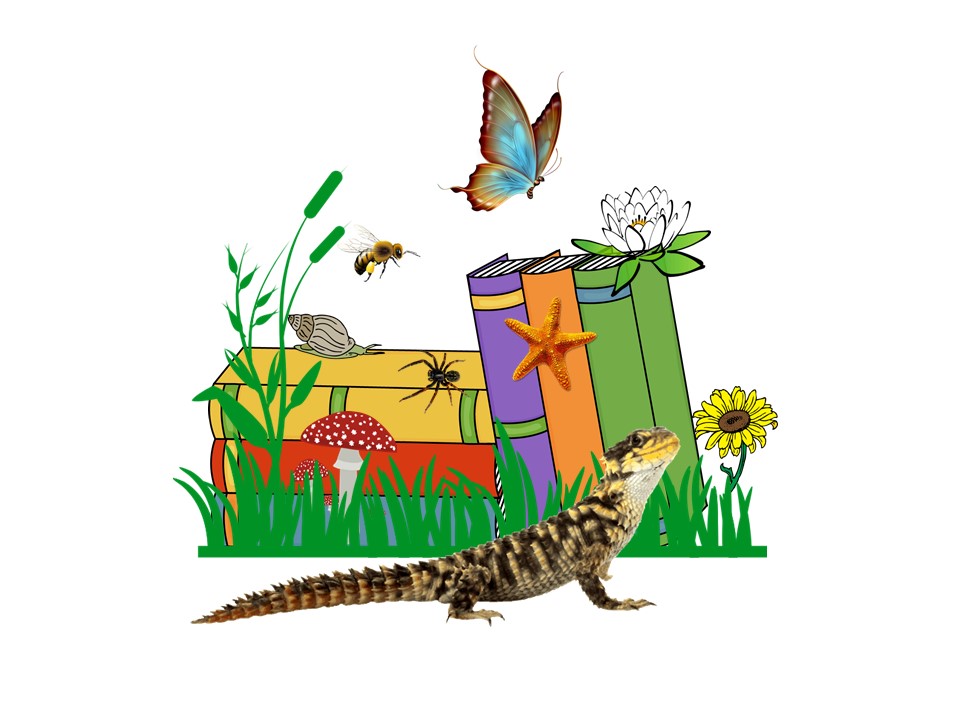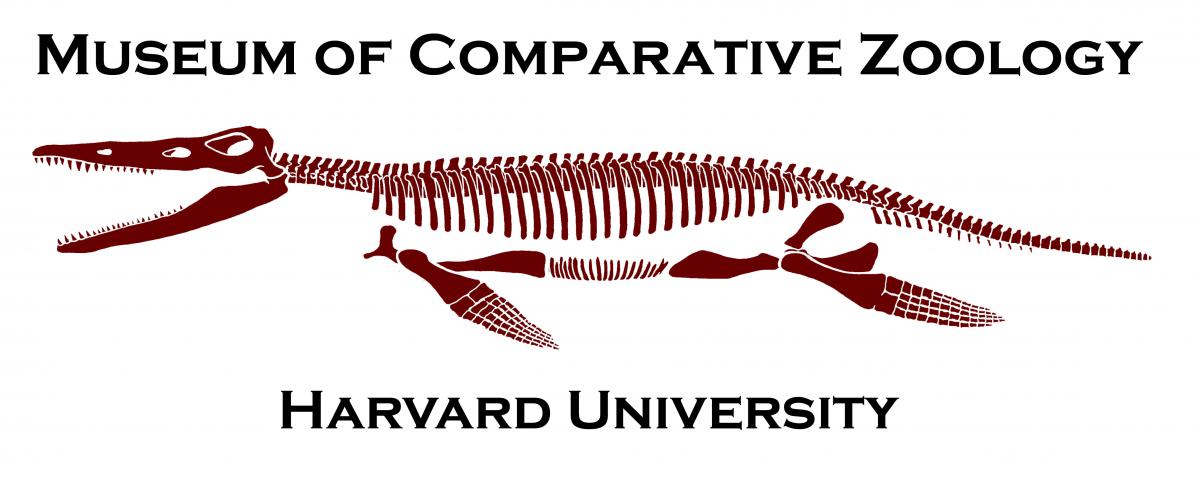Difference between revisions of "News"
| Line 1: | Line 1: | ||
| + | =05 January 2018-Open access genomic resources for terrestrial arthropods paper published= | ||
| + | |||
| + | Highlights | ||
| + | •Biodiversity genomics research, relies on access to high quality DNA and/or tissue. | ||
| + | •Global collection initiatives aim to provide genomic resources at high-quality standards. | ||
| + | •The status of current genomic resources for terrestrial arthropods in biodiversity databases are reviewed here. | ||
| + | |||
| + | The open access paper can be found [http://www.sciencedirect.com/science/article/pii/S2214574517301657 here] | ||
| + | Vanessa L González, , Amanda M Devine, Mike Trizna, Daniel G Mulcahy, Katharine B Barker, Jonathan A Coddington. 2018. ''Current Opinion in Insect Science.'' Volume 25, February 2018, Pages 91–98. https://doi.org/10.1016/j.cois.2017.12.003 | ||
| + | |||
=21 December 2017-Registration for GGBN 2018 Conference now open= | =21 December 2017-Registration for GGBN 2018 Conference now open= | ||
Revision as of 22:09, 5 January 2018
Contents
- 1 05 January 2018-Open access genomic resources for terrestrial arthropods paper published
- 2 21 December 2017-Registration for GGBN 2018 Conference now open
- 3 19 December 2017- National museum, Prague joins GGBN
- 4 12 December 2017- CNGB-BGI makes tissue collection available through GGBN
- 5 15 November 2017-Collaboration brings Specify into compliance with GGBN's data standard recommendation
- 6 14 November 2017 - Brazilian ABS Electronic System now available
- 7 24 October 2017 - HTS library metadata public review started
- 8 20 October 2017-The Czech Academy of Sciences adds 11 fish genera to GGBN
- 9 16 October 2017 - Brazilian ABS Electronic System available November 6th
- 10 10 October 2017 - GGBN 2018 Conference May 22-25 in Austria: Save the Date
- 11 09 October 2017 - GGBN Researcher/Software Developer Job Opening
- 12 29 September 2017 - Randers Regnskov Tropical Zoo joins GGBN
- 13 29 August 2017 - Centre for Biodiversity Genomics joins GGBN
- 14 21 August 2017 - GGBN Asian Regional Workshop Report now available
- 15 21 August 2017 - GGBN Data Portal - Full text search enabled
- 16 11 August 2017 - Missouri Botanical Garden joins GGBN
- 17 09 August 2017 - China Biodiversity Conservation and Green Development Foundation joins GGBN
- 18 07 August 2017 - Denver Botanic Gardens makes its tissue collections available through GGBN
- 19 31 July 2017 - University of Alaska Museum of the North joins GGBN
- 20 11 July 2017 - University of California, Berkeley, Museum of Vertebrate Zoology joins GGBN
- 21 11 July 2017 - African Centre for DNA Barcoding joins GGBN
- 22 05 July 2017 - Centro de Ornitología y Biodiversidad (CORBIDI) joins GGBN
- 23 21 June 2017 - University of Kansas Biodiversity Institute joins GGBN
- 24 16 June 2017 - GGBN North American Regional Workshop Report now available
- 25 06 June 2017 - GGBN-GGI Awards Program, 2017 Awardees
- 26 22 May 2017 - GGBN ABS Fact Sheet and FAQ now available
- 27 02 May 2017 - GGBN Asian Regional Workshop (July 21-22), updates and RSVP deadline extended to May 31
- 28 26. April 2017 - Job Openings at Natural History Museum, United Kingdom
- 29 05. April 2017 - GGBN March 2017 newsletter now available
- 30 03. April 2017 - Biodiversity Research and Teaching Collections at Texas A&M University joins GGBN
- 31 27. March 2017 - Bishop Museum joins GGBN
- 32 02. March 2017- GGBN/CETAF/SPNHC ABS Survey: Please participate by 23 March 2017
- 33 01. March 2017- Denver Botanic Gardens joins GGBN
- 34 02. February 2017 - GGBN ABS Guidance now on Access and Benefit-Sharing Clearing-House
- 35 26. January 2017 - GGBN Document Library Survey: please participate by 2 March 2017
- 36 17. January 2017 - GGBN-GGI Awards Program: Call for Proposals
- 37 17. January 2017 - GGBN North American Regional Workshop (April 11-13), updates and RSVP by February 3rd
- 38 09. January 2017 - Museum of Comparative Zoology, Harvard University joins GGBN
- 39 News Archive
05 January 2018-Open access genomic resources for terrestrial arthropods paper published
Highlights •Biodiversity genomics research, relies on access to high quality DNA and/or tissue. •Global collection initiatives aim to provide genomic resources at high-quality standards. •The status of current genomic resources for terrestrial arthropods in biodiversity databases are reviewed here.
The open access paper can be found here Vanessa L González, , Amanda M Devine, Mike Trizna, Daniel G Mulcahy, Katharine B Barker, Jonathan A Coddington. 2018. Current Opinion in Insect Science. Volume 25, February 2018, Pages 91–98. https://doi.org/10.1016/j.cois.2017.12.003
21 December 2017-Registration for GGBN 2018 Conference now open
The organizing committee is pleased to announce the opening of registration and the call for abstract submissions.
Abstracts can be submitted after registration and payment have been completed. All submitted abstracts will be considered for short talks or poster presentations by the scientific committee. Please indicate during submission if you prefer a talk or a poster. Poster sessions will offer an additional possibility for scientific exchange.
For EARLY REGISTRATION please register before January 12th! Click HERE to register.
19 December 2017- National museum, Prague joins GGBN
We are pleased to announce that the Národní muzeum / National museum, Prague, Czech Republic has joined GGBN as its 69th member. The NM’s biodiversity biobank includes approximately 500 DNA and 4000 tissue samples representing 250 species.
12 December 2017- CNGB-BGI makes tissue collection available through GGBN
The China National GeneBank-Beijing Genomics Institute has made 235 bird samples discoverable through the GGBN data portal. These samples are the first subset of samples from its DNA and tissue collection to be made available through GGBN. More information on CNGB’s available tissue records can be found here
15 November 2017-Collaboration brings Specify into compliance with GGBN's data standard recommendation
The Global Genome Biodiversity Network and the Specify Software Project are pleased to announce the fruition of a joint software effort to facilitate the communication of genetic sample data to the GGBN Portal from biological museums around the world. Specify is a collections database management platform used by 450+ biological museum collections worldwide.
The collaboration has brought Specify into compliance with GGBN’s data standard recommendations for describing genetic samples (frozen tissues and DNA extracts) deposited in biological museums. The joint effort also resulted in the implementation of a new network capability in the Specify 7 web platform for automating the assembly and publication of Darwin Core Archives using the GGBN Material Sample Vocabulary or any other Darwin Core extension. Darwin Core Archive files are used for communicating specimen and sample data between museums and biodiversity data aggregators.
The work extended the Specify’s database schema by adding a ‘Material Sample’ table and new logical relationships to robustly support the use of frozen tissues and DNA extracts in biological museums to document biological diversity and for phylogenetic research. The Specify Software Project has also updated the Specify user interface to accommodate the new genetic resource data types.
This new support for tissues and molecular extracts is available now in Specify 6.6.06 and 7.3. The embedded Darwin Core Archive publisher is available in Specify 7, which is downloadable from the product’s GitHub site.
The Specify Software Project looks forward to supporting these new features for museums worldwide with genetic resource collections to promote the aggregation of tissue and extract data in the GGBN Portal.
The Specify Software Project is an open-source initiative that has provided biological museums for 30 years with robust data management platforms and research data management services for curating and processing biological specimen information. The Specify Project is grateful for the technical and financial support of the Global Genome Initiative underwriting the development of these integration capabilities.
14 November 2017 - Brazilian ABS Electronic System now available
We are pleased to report that the SisGen registration system is now available. The registration system for using Brazil’s genetic heritage materials for research allows for Brazilian Biological material to be legally shipped abroad for research. SisGen was created to manage: registration (access to genetic heritage, access to associated traditional knowledge, shipping genetic heritage, and sending genetic heritage), notification (on finished products and use of reproductive material) and accreditation (for national institutions maintaining ex situ collections that hold genetic heritage).
24 October 2017 - HTS library metadata public review started
Last year the Global Genome Biodiversity Network (GGBN, http://www.ggbn.org) has published the GGBN Data Standard, which covers terms related to DNA and tissue samples (https://terms.tdwg.org/wiki/GGBN_Data_Standard, Droege et al. 2016).
In addition to genomic DNA the development and use of high-throughput next generation sequencing (HTS) have outstripped current plans of SYNTHESYS (http://www.synthesys.info) and GGBN to join natural history (NH) collection data with DNA and tissue collection data. HTS libraries can be considered a preparation of the genetic material of an organism(s), the actual physical molecular representation of a collection/specimen. These libraries come with specific adaptors that limit their transferability to other sequencing systems. They are prepared at great expense, but usually are only used for a single project, whilst a great deal of additional useful information may be available within these libraries.
HTS library parameters already in the GGBN Data Standard have been reviewed and augmented in order to incorporate library metadata of existing as well as future techniques. This is being realized by preparation of use-cases incorporating a range of different HTS techniques (e.g. whole genome shotgun sequencing, RADseq sequencing, single molecule MinIon sequencing).
Now we are seeking your feedback and invite you to the public review. More information can be found at HTS Public Consultation
20 October 2017-The Czech Academy of Sciences adds 11 fish genera to GGBN
The Institute of Vertebrate Biology, The Czech Academy of Sciences, has made 1500 new fish samples from Central Europe discoverable through the GGBN data portal. This is the first output of their 2017 GGBN-GGI Awarded project. Publication of other datasets (e.g. on African small mammals) will follow. European fish records are currently underrepresented at GGBN and these new samples, originating from years 1988-2016, added one new family and 11 new genera to the GGBN database.
See http://www.ggbn.org/ggbn_portal/stats/details?registry=IVB%2C+Brno&sampletype=tissue for statistics on IVB’s online collections.
16 October 2017 - Brazilian ABS Electronic System available November 6th
We are pleased to report that the SisGen registration system will be available starting November 6th 2017. The registration system for using Brazil’s genetic heritage materials for research allows for Brazilian Biological material to be legally shipped abroad for research. SisGen was created to manage: registration (access to genetic heritage, access to associated traditional knowledge, shipping genetic heritage, and sending genetic heritage), notification (on finished products and use of reproductive material) and accreditation (for national institutions maintaining ex situ collections that hold genetic heritage).
10 October 2017 - GGBN 2018 Conference May 22-25 in Austria: Save the Date
It is our pleasure to announce that GGBN 2018, the 3rd Conference of the Global Genome Biodiversity Network, will take place in Vienna, Austria from May 22 - 25, 2018. More information can be found in the announcement.
The invited speakers will be announced on the GGBN website soon. We invite participants to submit abstracts for oral and poster presentations through the GGBN 2018 Conference registration system starting in November 2017. Please see https://meetings.ggbn.org/conference/ggbn/2018/ for additional information.
09 October 2017 - GGBN Researcher/Software Developer Job Opening
Freie Universität Berlin ZE Botanic Garden and Botanical Museum Berlin
Researcher/Software Developer GGBN 2020
The Research Group Biodiversity Informatics at the Botanic Garden and Botanical Museum Berlin, Freie Universität Berlin has an opening for a Researcher/Software Developer - German federal salary level EG 13 TV‐L FU, 100% (Scientist/Senior Scientist).
Duration: 18 months
Job description Evaluation and revision of the GGBN software architecture (http://www.ggbn.org). Evaluation and development of automated and semi-automated updating of the GGBN-Index (SOLR). Evaluation and development of data quality functions. Development of web-service interfaces between technical components of the GGBN platform.
The BGBM's “Research and Development Group Biodiversity Informatics and Scientific Information Systems” is a leading institution for biodiversity informatics research with numerous national and international projects (BMBF, DFG, BMU, EU). The interdisciplinary team consists of computer scientists, biologists, bioinformaticians, and engineers. Important research topics include information modelling and standardisation of Meta data, networking of primary biodiversity data, and taxonomic computing.
Requirements The candidate must have a university degree (Master/Diploma) in computer science, bioinformatics, or a similar scientific discipline.
Desirables
• Very good knowledge of indexing technologies (e.g. SOLR, Lucene). • Good knowledge of object‐oriented information modelling. • Very good knowledge of Java and PHP. • Experience with relevant frameworks such as Spring, Hibernate, Maven, and Yii. • Very good English communication skills. • A familiarity with the relevant scientific biodiversity informatics data standards as well as experience with collaborating in a transnational development project is also advantageous.
Applications accompanied by cover letter, tabular CV, and proof of degree should be submitted by 23.10.2017 electronically by email (Ref. GGBN‐2020) to av- p@bgbm.org or in paper form by mail to
Freie Universität Berlin, Zentraleinrichtung Botanischer Garten und Botanisches Museum Berlin‐Dahlem, ‐ AV ‐, Ref. GGBN‐2020, Königin‐Luise‐Str. 6‐8, 14195 Berlin, Germany
The FUB adheres to the German disability guidelines and is an Affirmative Action/Equal Opportunity Employer. Applications from women are especially encouraged.
29 September 2017 - Randers Regnskov Tropical Zoo joins GGBN
We are pleased to announce that the Randers Regnskov Tropical Zoo has joined GGBN as its 68th member. The Zoological Garden has recently started their biodiversity biobank, which includes tissue samples and DNAs.
29 August 2017 - Centre for Biodiversity Genomics joins GGBN
We are pleased to announce that the Centre for Biodiversity Genomics has joined GGBN as its 67th member. The CBG biodiversity biobank includes over 3,000,000 specimens within its collection, representing 12,882 species. A subset of these collections will be made discoverable through the GGBN data portal as part of the 2017 GGBN-GGI awards program.
21 August 2017 - GGBN Asian Regional Workshop Report now available
The GGBN Asian Workshop Report is now available through the GGBN Document Library,
You can sign up for a GGBN document library account by e-mailing us at library@ggbn.org
21 August 2017 - GGBN Data Portal - Full text search enabled
Full text search is a standard requirement today. After testing in the GGBN Sandbox for a few months we are happy to announce, that this feature is now enabled in the live portal too.
You can now use standard Boolean operators like NOT, OR, AND to perform your searches (http://www.ggbn.org/ggbn_portal/search/index). This is enabled for e.g. scientific name, country, locality and collector. We have updated the documentation to provide you some guidance: GGBN Data Portal Explanations.
We hope this improves the usability of the GGBN Data Portal. In fall we will also launch a survey regarding general usability of ggbn.org. Please don’t hesitate to contact us if you have any questions or feedback at support@ggbn.org or by using the feedback button on the left of the portal page.
11 August 2017 - Missouri Botanical Garden joins GGBN
We are pleased to announce that the Missouri Botanical Garden has joined GGBN as its 66th member. The collection represents 22,700 samples of dried leaf tissue in silica gel, representing approximately 10,000 species.
09 August 2017 - China Biodiversity Conservation and Green Development Foundation joins GGBN
We are pleased to announce that the China Biodiversity Conservation and Green Development Foundation has joined GGBN as its 65th member. CBCDGF is a Chinese NGO focused on environmental conservation. CBCDGF will contribute to the work of GGBN in three major ways. First, by creating awareness among environmental NGOs and institutions in China, second, by creating a network of environmental NGOs across the Belt and Road route in an effort to collect genetic samples for deposition in GGBN member biorepositories, and third, by creating awareness of GGBN across Africa, in an effort to expand GGBN membership in this region.
07 August 2017 - Denver Botanic Gardens makes its tissue collections available through GGBN
The Denver Botanic Gardens has made a subset of its tissue collection discoverable through the GGBN data portal. This includes 336 tissue samples from the class Magnoliopsida. More information on DBG's available tissue records can be found here
31 July 2017 - University of Alaska Museum of the North joins GGBN
We are pleased to announce that the University of Alaska Museum of the North has joined GGBN as its 64th member. The UAM tissue collection comprises over 200,000 tissue samples and 4,990 DNA samples representing approximately 6,500 species. A subset of these collections will be made discoverable through the GGBN data portal as part of the GGBN-GGI award to the Museum of Southwestern Biology and the Arctos Steering Committee.
For more information on UAM, please visit UAM's website.
11 July 2017 - University of California, Berkeley, Museum of Vertebrate Zoology joins GGBN
We are pleased to announce that the University of California, Berkeley, Museum of Vertebrate Zoology has joined GGBN as its 63rd member. The MVZ tissue collection comprises over 99,000 tissue specimens and 4,570 DNA samples. The collection includes approximately 31,900 amphibians, 14,500 reptiles, 15,600 birds, and 37,300 mammals. A subset of these collections will be made discoverable through the GGBN data portal as part of the GGBN-GGI award to the Museum of Southwestern Biology and the Arctos Steering Committee.
For more information on MVZ, please visit MVZ's website.
11 July 2017 - African Centre for DNA Barcoding joins GGBN
We are pleased to announce that the African Centre for DNA Barcoding has joined GGBN as its 62nd member. The ACDB is a division of the departments of Botany and Plant Biotechnology, and Zoology of the University of Johannesburg, South Africa. The collection includes 7452 plant and 521 animal species.
As part of its recent GGBN-GGI award, ACDB will be making approximately 239 plant families and 7452 plant samples discoverable through the GGBN data portal.
For more information on ACDB, please visit ACDB's website.
05 July 2017 - Centro de Ornitología y Biodiversidad (CORBIDI) joins GGBN
We are pleased to announce that the Centro de Ornitología y Biodiversidad (CORBIDI) has joined GGBN as its 61st member.
As part of its recent GGBN-GGI award, CORBIDI will be making a subset of its herpetological collection discoverable through the GGBN Data Portal. With only nine years of creation and more than 17000 specimens, between amphibians and reptiles, the herpetological collection of CORBIDI is one of the most important collections in Peru.
For additional information on CORBIDI, please visit the website.
21 June 2017 - University of Kansas Biodiversity Institute joins GGBN
We are pleased to announce that the University of Kansas Biodiversity Institute has joined GGBN as its 60th member. The collection comprises approximately 10,000 DNA and 120,000 tissue samples representing over 6,000 species.
For more information on the University of Kansas Biodiversity Institute, please visit the Biodiversity Institute's website
16 June 2017 - GGBN North American Regional Workshop Report now available
The GGBN 2017 North American Regional Workshop Report is now available through our document library
PDFs of select presentations can be accessed through our website
If you still do not have a GGBN Document Library account, please e-mail us at library@ggbn.org to set up an account.
06 June 2017 - GGBN-GGI Awards Program, 2017 Awardees
We are pleased to announce the results of the 2017 GGBN-GGI Awards Program. The GGBN-GGI awards program received a total of 18 proposals representing 17 institutions in 11 countries. Total funding requested was over 500,000 USD. The proposals were reviewed and ranked by a committee representative of GGBN membership. The committee ranked the proposals based on seven criteria, including: complementarity to existing collections on GGBN; the size, scope and quality of your collection; genomic novelty of the collection; adherence to GGBN best practices; the efficiency or cost-effectiveness of the proposal; contribution to the GGBN community; and the timeline of completion. In light of available funds, the top six proposals were funded, totaling 139,401 USD.
2017 Awardees Include:
- Biodiversity Research and Teaching Collections, Texas A&M
- Centre for Biodiversity Genomics, University of Guelph
- Centro de Ornitología y Biodiversidad
- The Czech Academy of Sciences, Institute of Vertebrate Biology
- Museum of Southwestern Biology
- University of Johannesburg
Titles and abstracts for each awarded project are listed on the GGBN-GGI Awards wiki page.
22 May 2017 - GGBN ABS Fact Sheet and FAQ now available
The GGBN Policies task force is happy to announce that the GGBN Access and Benefit Sharing Fact Sheet and Answers to Frequently Asked Questions about Access and Benefit Sharing and the Nagoya Protocol is now available through our ABS wikipage. A PDF version can be downloaded through our document library, ABS Fact Sheet and FAQ.
02 May 2017 - GGBN Asian Regional Workshop (July 21-22), updates and RSVP deadline extended to May 31
The GGBN Asian Regional Workshop page has recently been updated with information on the workshop program, travel support, and accommodation. The RSVP deadline has been extended to May 31st.
See, https://meetings.ggbn.org/conference/ggbn/2017ws-as/
We hope that many of you will be able to join us. Please don’t hesitate to contact us if you have any questions. We look forward to welcoming you to the China National Genebank in Shenzhen,China!
26. April 2017 - Job Openings at Natural History Museum, United Kingdom
The Natural History Museum in London, England is pleased to announce two open positions, 1) Head, Molecular Biology Laboratories and 2) Bioinformatics Manager.
1) Head, Molecular Biology Laboratories
The museum seeks to recruit an experienced scientific lead for the Molecular Biology Laboratories. Forming one division within the museum’s Core Research Laboratories, the Molecular Biology Labs actively contribute to research in biological diversity. The successful candidate is expected to have a strong interest in the application of molecular methods across a broad taxonomic range, including zoological, botanical, microbiology or entomological sciences. There will also be the opportunity to contribute to the further development of phylogenetic, genomic and bioinformatics research across the life sciences at the NHM.
You will provide scientific lead and expertise to NHM research staff, curators and students to maximise impact and efficiency of scientific discovery and delivery from the Molecular Biology Labs.
File:Advert Head Molecular Biology Laboratories.docx
2) Bioinformatics Manager
The Bioinformatics Manager will build and maintain the bioinformatics infrastructure to facilitate NHM research in molecular evolution and genomics, by curating sequencing data, by assessing, improving, and using bioinformatics processes, and by curating and communicating current best practice.
File:Advert Bioinformatics Manager.docx
Please complete your application online in NHM's recruitment portal:
The Natural History Museum is one of the world’s leading museums, internationally recognised for its dual role as a centre of excellence in scientific research and as a leader in the presentation of natural history through exhibitions, public programmes, publications and the web. For more information on the Natural History Museum, please visit http://www.nhm.ac.uk/
05. April 2017 - GGBN March 2017 newsletter now available
The GGBN March 2017 Newsletter is now available through the GGBN Document Library.
Document library user accounts can be requested by e-mailing the document library team (library@ggbn.org)
03. April 2017 - Biodiversity Research and Teaching Collections at Texas A&M University joins GGBN
We are pleased to announce that the Biodiversity Research and Teaching Collections at Texas A&M University has joined GGBN as its 59th member. The collection houses 15,046 tissue samples representative of 1,523 species.
For more information please visit the Biodiversity Research and Teaching Collections at Texas A&M University website.
27. March 2017 - Bishop Museum joins GGBN
We are pleased to announce that the Bishop Museum has joined GGBN as its 58th member. The collection represents a little less than 100 individual DNA samples and 15,160 tissue samples representative of 2,317 species.
For more information on the Bishop Museum, please visit http://www.bishopmuseum.org/
02. March 2017- GGBN/CETAF/SPNHC ABS Survey: Please participate by 23 March 2017
The Global Genome Biodiversity Network (GGBN, http://www.ggbn.org), the Consortium of European Taxonomic Facilities (CETAF, http://cetaf.org/) and the Society for the Preservation of Natural History Collections (SPNHC, http://www.spnhc.org/) are collaborating to support their member organizations’ compliance with Access and Benefit Sharing (ABS) legislation in their own and other countries, including with the Nagoya Protocol (NP) where this is required. Both GGBN and CETAF have developed Material Transfer Agreements (MTA), Codes of Conduct and Best Practice guidance for members’ use. All three organizations have developed either ABS wiki pages (SPNHC and CETAF) or a working library of resources on the NP as part of a larger document library on biodiversity biobanking (GGBN). This survey is a new collaborative effort by the three organizations that will guide their future efforts concerning ABS.
Purpose of the Survey: This survey is designed to gather your feedback concerning the use of existing information resources for responding to ABS and NP requirements by your institution. We anticipate using the survey results to improve these resources and develop new ones that will address your unmet needs. The survey results will be available to the GGBN, CETAF and SPNHC points of contact who have participated in developing the survey. Your response will be confidential; the GGBN Secretariat will be collating the data and that will be the only office to see your name associated with your response. Survey results will be made available through the GGBN, CETAF and SPNHC websites.
We anticipate that this survey will take less than 30 minutes of your time. We would greatly appreciate your honest and specific feedback by March 23, so that we can make timely progress on meeting your needs.
Link to survey: https://www.surveymonkey.com/r/D7HNR99
01. March 2017- Denver Botanic Gardens joins GGBN
We are pleased to announce that the Denver Botanic Gardens has joined GGBN as its 57th member. The collection represents 8,000 individual DNA samples and 1,945 tissue samples representative of 82 species.
For more information on the Denver Botanic Gardens, please visit: http://www.botanicgardens.org/
02. February 2017 - GGBN ABS Guidance now on Access and Benefit-Sharing Clearing-House
We are happy to announce that GGBN's guidance materials on Access and Benefit Sharing are now available through the ABS Clearing-House as reference records.
Open access to biodiversity research data and corresponding specimens in repositories is vital for basic non-commercial biological science and essential to support the objectives of the Convention on Biological Diversity. GGBN Member institutions commit themselves to acquiring, using and managing genetic resources in compliance with international conventions, and national laws and regulations. Accordingly, GGBN has developed Material Transfer Agreements, Code of Conduct and Best Practice guidance documents for Members’ use.
To access these documents on the ABS Clearing-House, please visit: https://absch.cbd.int/search
26. January 2017 - GGBN Document Library Survey: please participate by 2 March 2017
In an effort to better serve the needs of the biodiversity biobanking community, we are kindly requesting your feedback on the GGBN Document Library. Please take a few minutes to fill out our survey at https://www.surveymonkey.com/r/documentlibrary. Your feedback will help us streamline and improve the library in order to better meet the needs of its users.
As many of you are aware, GGBN in collaboration with the European, Middle Eastern & African Society for Biopreservation and Biobanking (ESBB) is developing a knowledge exchange platform for biodiversity biobanks, researchers and institutions through an online document library that will link to other online biorepository resources. This password-protected resource allows users to perform full text searches, tag publications, and browse information by category and tag. More information about the GGBN / ESBB Document Library can be found at http://wiki.ggbn.org/ggbn/Library
User accounts can be requested by e-mailing the document library team (library@ggbn.org)
17. January 2017 - GGBN-GGI Awards Program: Call for Proposals
We are happy to announce the new GGBN-GGI Awards Program, which provides funding for projects that support the discoverability of new genetic collections through the Global Genome Biodiversity Network's Data Portal. The submission deadline for proposals this year is 1 May 2017. The proposal review committee will consider requests for up to 30,000 USD with clearly articulated budget justifications. All data from funded projects must be made available online on the GGBN Portal before 15 May 2018.
For information on how to apply, please see: http://wiki.ggbn.org/ggbn/Global_Genome_Biodiversity_Network-Global_Genome_Initiative_Awards_Program
17. January 2017 - GGBN North American Regional Workshop (April 11-13), updates and RSVP by February 3rd
The GGBN North American Regional Workshop page has recently been updated with information on the workshop program, travel support, and accommodation. The RSVP deadline has been extended to February 3rd.
See, https://meetings.ggbn.org/conference/ggbn/2017ws-na/
We hope that many of you will be able to join us. Please don’t hesitate to contact us if you have any questions. We look forward to welcoming you to the Smithsonian Institution’s National Museum of Natural History in Washington, DC!
09. January 2017 - Museum of Comparative Zoology, Harvard University joins GGBN
We are pleased to announce that the Museum of Comparative Zoology, Harvard University has joined GGBN as our 56th member. The MCZ contains over 21-million specimens in ten research collections which comprise one of the world's richest and most varied resources for studying the diversity of life. The museum serves as the primary repository for zoological specimens collected by past and present Harvard faculty-curators, staff and associates conducting research around the world.
For more information about the MCZ, please visit: http://mcz.harvard.edu/collections/
News Archive
Older news can be found in the GGBN News Archive.

